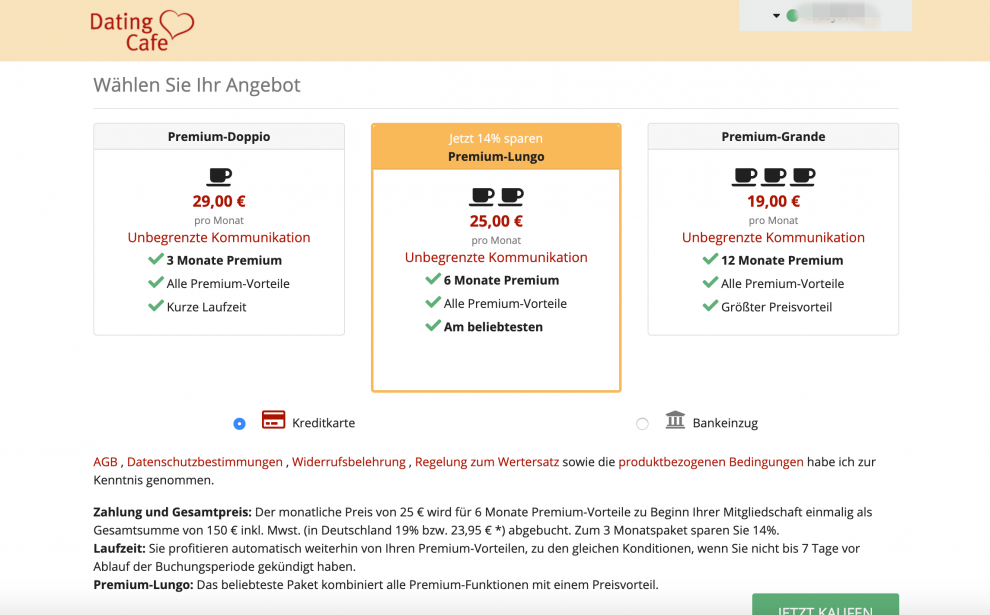The Single Phase Motor is not self-starting and hence needs an auxiliary means or equipment to start the single-phase induction motor. Mechanical methods are impractical and, therefore the motor is started temporarily converting into a two-phase motor. Single-phase Induction motors are usually classified according to the auxiliary means used to Estimated Reading Time: 30 secs · Capacitor-Start Induction-Run Motors We know about the activity of a capacitor in a pure A.C. Circuit. When a capacitor is so introduced, the voltage lags the current by some phase angle. In these motors, the necessary phase difference between the Is and Im is obtained by introducing a capacitor in series with the starter blogger.comted Reading Time: 2 mins If the 1 phase stator winding is excited and the rotor of the motor is rotated by an auxiliary means and the starting device is then removed, the motor continues to rotate in the direction in which it is started. The performance of the single phase induction motor is analysed by the two theories. One is known as the Double Revolving Field Theory, and the other is Cross Field Theory. Both the theories are similar and Estimated Reading Time: 2 mins
Working Principle of a Single Phase Induction Motor - Circuit Globe
The Single Phase Motor is not principle of operation of single phase capacitor start induction motor and hence needs an auxiliary means or equipment to start the single-phase induction motor. Mechanical methods are impractical and, principle of operation of single phase capacitor start induction motor, therefore the motor is started temporarily converting into a two-phase motor. Single-phase Induction motors are usually classified according to the auxiliary means used to start the motor.
They are classified according to the starting methods. All these starting methods are explained individually in detail in the separate articles.
These starting methods depend on the two alternating fields displaced in space and phase. The rotating field is the resultant of the two individual fields. This rotating field reacts with the cage rotor to provide the starting torque. One field is produced by the field winding and the other by the auxiliary winding or the starting winding.
Your email address will not be published. Save my name, email, and website in this browser for the next time I comment.
Skip to content The Single Phase Motor is not self-starting and hence needs an auxiliary means or equipment to start the single-phase induction motor. Related terms: Working Principle of a Single Phase Induction Motor Difference Between Single Phase and Three Phase Induction Motor Split Phase Induction Motor Equivalent Circuit of a Single Phase Induction Motor Capacitor Start Induction Motor.
Leave a Comment Cancel Reply Your email address will not be published.
Capacitor start induction motor complete introduction and working explained in Urdu/Hindi
, time: 12:42Capacitor Start Induction Motor | Working & Applications | Electricalvoice
State the principle of operation of a capacitor start single-phase AC motor. Describe why a three-phase induction motor rotates always with a speed less than. Wondering how a capacitor can be used to start a single-phase motor? 30 degrees in a split-phase induction motor. Thus a capacitor-start induction-run motor. Single-phase induction motor · A Capacitor Start Induction Motor is a single phase motor consists of a stator and a single-cage rotor. The stator has two windings i.e. main winding and an auxiliary winding. The auxiliary winding is also known as starting winding. In construction, these two windings are placed 90° apart in Estimated Reading Time: 2 mins If the 1 phase stator winding is excited and the rotor of the motor is rotated by an auxiliary means and the starting device is then removed, the motor continues to rotate in the direction in which it is started. The performance of the single phase induction motor is analysed by the two theories. One is known as the Double Revolving Field Theory, and the other is Cross Field Theory. Both the theories are similar and Estimated Reading Time: 2 mins

Keine Kommentare:
Kommentar veröffentlichen